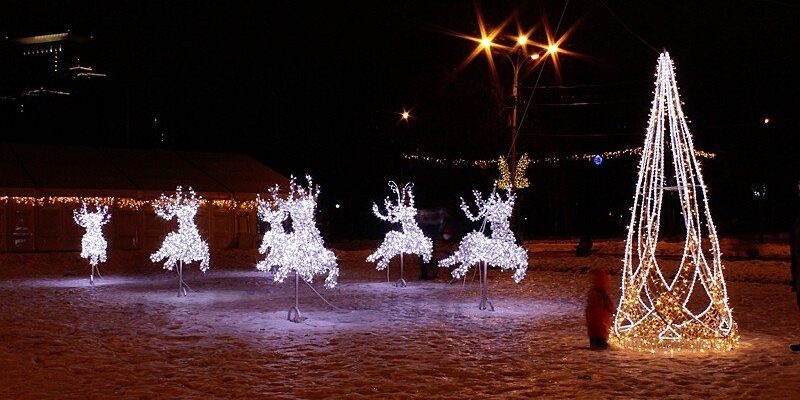Sokolniki – Park of Culture and Recreation
Sokolniki Park is the result of centuries of development and exploration of this territory, the reason for the emergence of the wonderful Sokolniki district in the Eastern Administrative District of Moscow. In the new century the park has preserved everything it had in the previous one and acquired many new things. On the central circle and near it is as noisy and cheerful, and in the forest still grow birches, lindens, elms, oaks, ash trees and spruces. Entering the park through the main entrance, the visitor will immediately see the large fountain, hear the retro music coming from the dance bandstand, and most likely be filled with joy at the anticipation of a wonderful walk. Further afield, he can visit the Big and Small Rose Garden, the Sand Sculpture Museum in summer and the Ice Museum in winter, go on rides, ride horses or rented rollerblades and bicycles, play billiards, tennis or town games. On weekends there are clown shows for children and classical and jazz concerts for adults. In a word, having visited Sokolniki Park once, involuntarily realize that here you can spend more than one day.
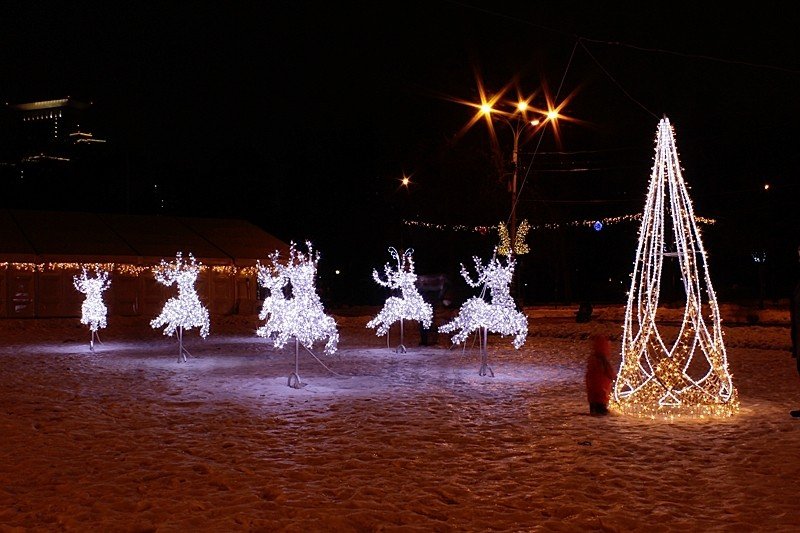
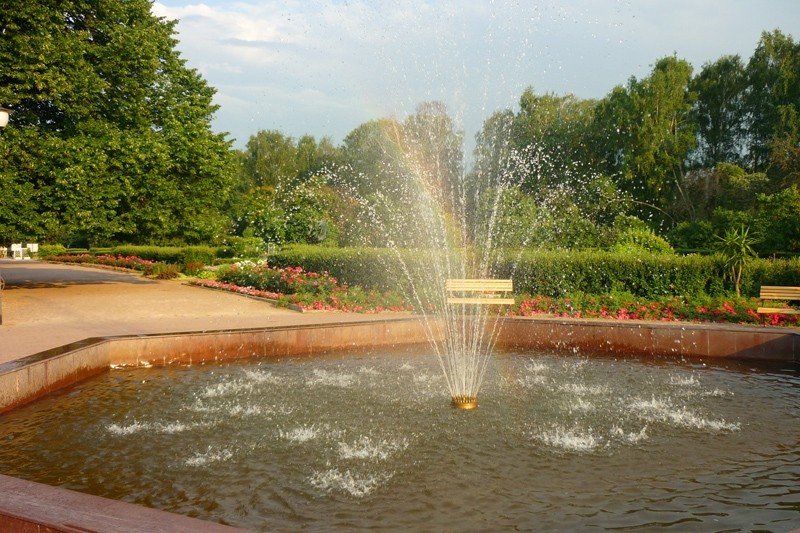
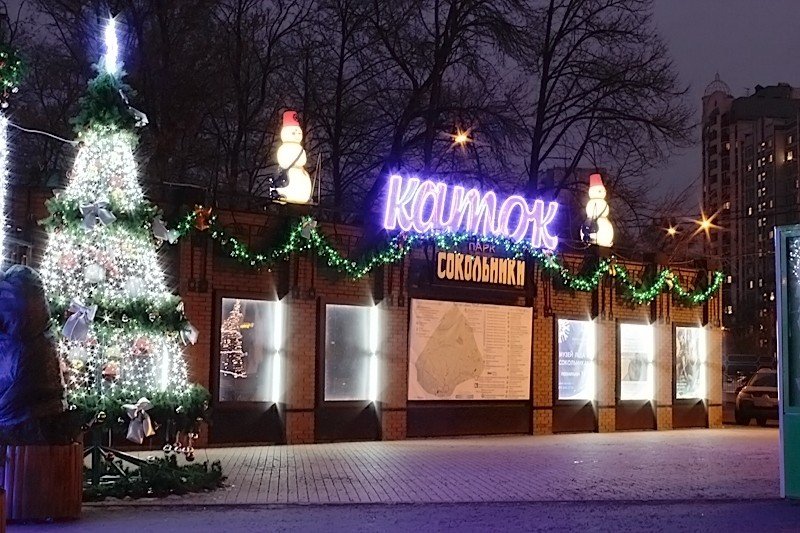
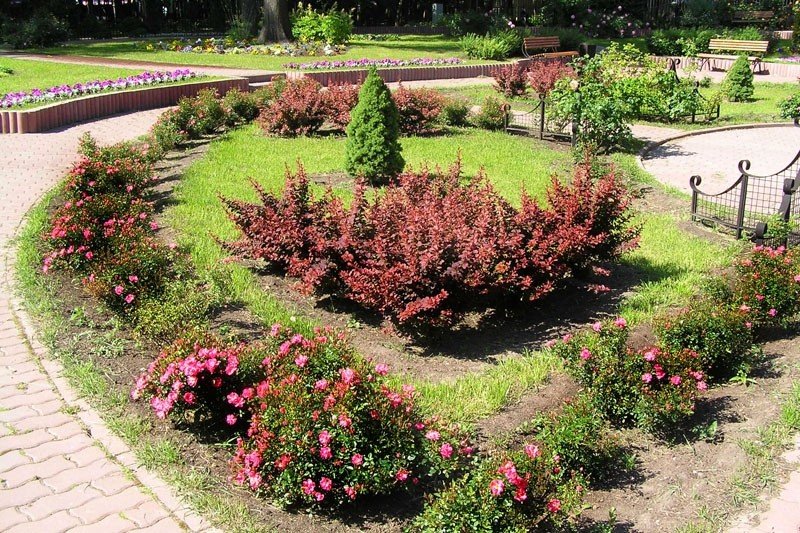
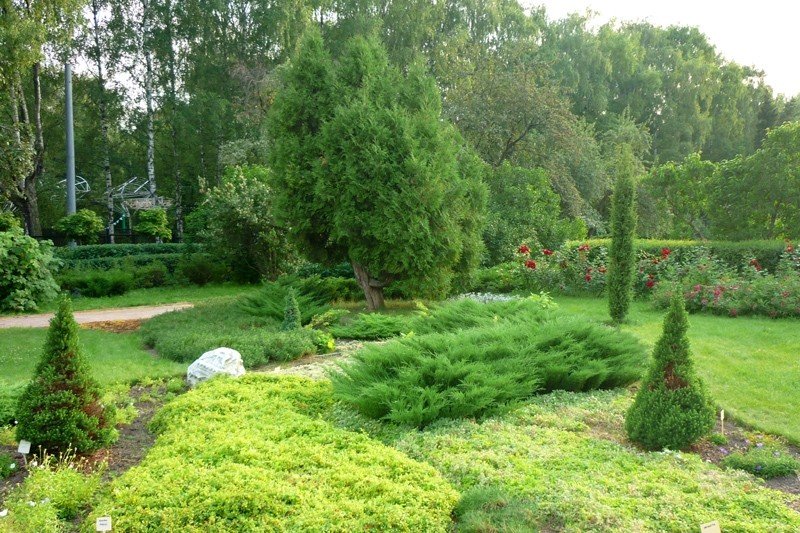
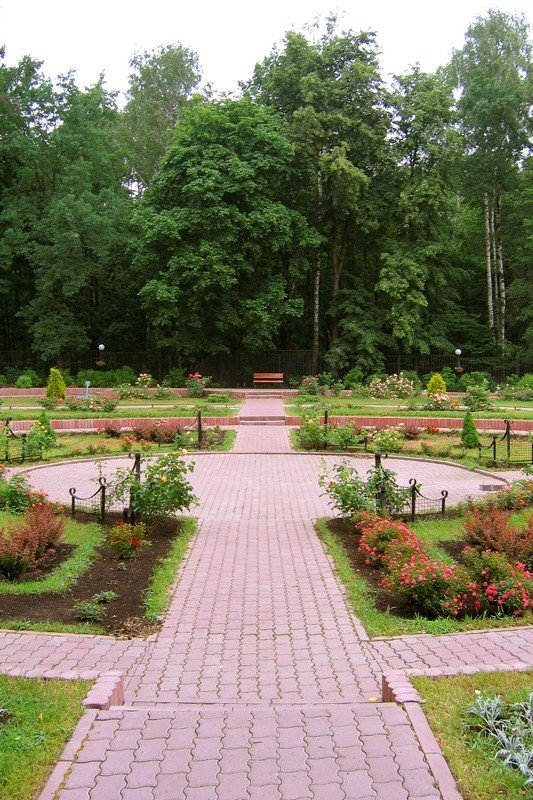
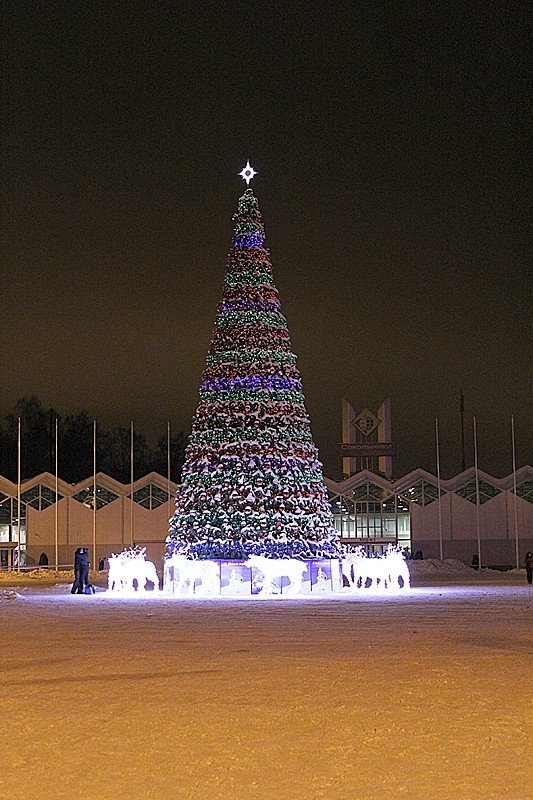
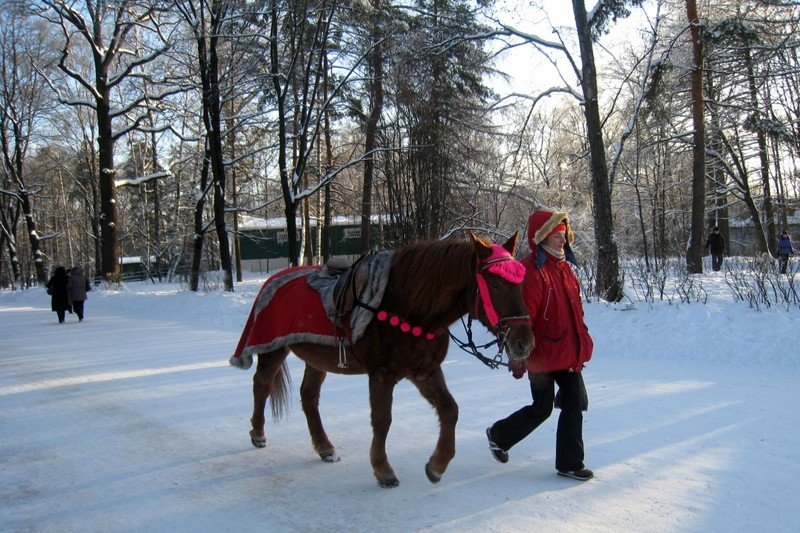

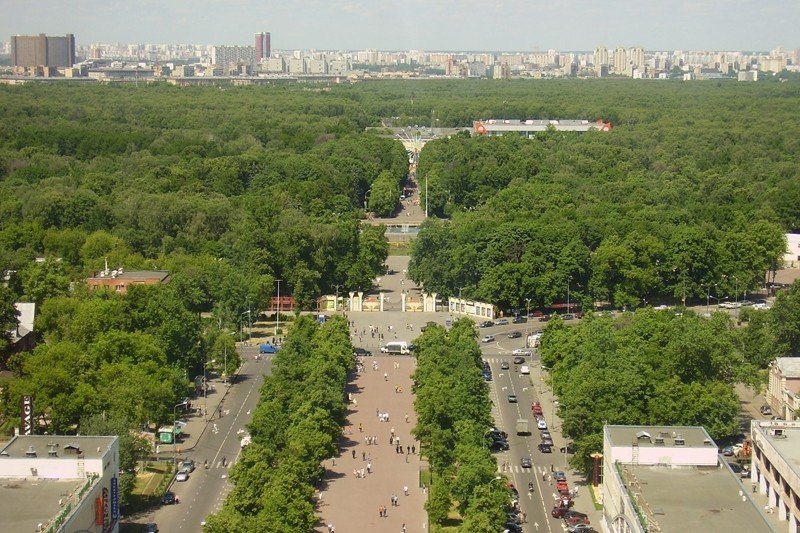
Highlights
In the 70s, the young and super-popular Alla Pugacheva performed in Sokolniki Park on the Green Stage. After that she liked to have dinner at the prestigious restaurant “Violet” on Pesochnaya Alley, where there is still a table where she used to sit.
.
Once upon a time, the place of Sokolniki Park was just a dense forest, where since the XIV century the tsars liked to hunt. Especially popular at that time was falconry, and on these lands there was a falconer’s village, falconer’s grove and bird nursery, where from all the surrounding towns brought birds of prey.
.
The brought feathered catchers were carefully trained. First the bird had to be tamed, for this purpose it was not allowed to sleep for several days, after which the exhausted animal was given in his hands. Then it was accustomed to the clobuk, fed with meat, made accustomed to dogs, horses and people. After that the bird was trained to hunt. At a signal, rising from the hand of the falconer and gaining height, it had to kill the game with a strong blow of the beak, and then return to the hunter.
.
Tsar Alexei Mikhailovich Romanov was especially fond of this activity. He used to hunt almost every day, or even several times. The procedure was solemn: surrounded by a hundred servants, falconers and kennels, with richly decorated with pearls and silk birds, he rode out into the field in anticipation of a rich prey. The luckiest bird was usually presented to the Tsar so that he could admire it. But Alexei Mikhailovich’s favorite was the Shiryai falcon, which died in the heat of excitement, not having calculated the impact and crashed to the ground. The names of Shiryaev field and streets remind of him.
.
However, historically Sokolniki was not only a hunting ground. Since the time of Peter the Great, these places were used mainly for entertainment and festivities. On holidays, the royal entourage and the nobility was organized in tents, where tables with exquisite viands were set. People sat on the grass, drank tea from samovar, fried mushrooms, enjoyed sweets from trays. Those who did not want noise and music could go deep into the silence of the forest, to the ponds and forest edges.
.
Under Alexander I, equestrian competitions were held in Sokolniki. The grand procession was attended by counts and princes on the best war horses, bereiters on elegant horses, elegant ladies sat in carriages. A lot of people gathered to admire this spectacle, and a tent with hot drinks was set up nearby. There were also arranged folk amusements, in which the Governor-General of Moscow Count Fyodor Vasilyevich Rostopchin took part with pleasure. Fyodor Vasilyevich was one of the lucky owners of a dacha in Sokolniki. At that time dachas were state-owned and were given according to the position or wish of the tsar. Having received in 1812 the post of commander-in-chief, Count Rostopchin, a patriot and idealist, burned his luxurious dacha when Napoleon’s troops entered Moscow.
This fate, unfortunately, befell not only Count Rostopchin’s dacha. As is well known, Napoleon burned Moscow. And after the war, many trees of Sokolniki Park went to rebuild wooden buildings.
After the war, Muscovites gladly resumed the tradition of festivities in Sokolniki, which has already acquired its modern look. From the central circular alley there are now seven ray paths, each of which is planted with different species of trees..
In 1879 the park became public, and the Moscow mayor N. A. Alekseev tried to embellish it. In Sokolniki appeared pavilions, musical stages, restrooms and a police station, whose employees carefully monitored order in the park. However, Alekseev did not forget about his own pleasures and often from his own pocket financed lavish dinners for the nobility, held in the central circle of the park in the pavilion-rotunda Alexander III. On the platforms of the “circle” plays were performed, the orchestra of K. S. Saradzhev played, Chaliapin himself performed. In the days of his performances in the center of Sokolniki Park was not a free place, gathered up to seven thousand people and the air shook with applause.
.
The exuberant fun reigning in Sokolniki, did not interfere with the tranquility of dachas, in abundance brooded in the forest at the turn of the XIX and XX centuries. The plots were leased first for 48 and then for 99 years. The former reserved lands became so much in demand that local peasants were able to make good money by renting out their land plots.
.
Dachas in Sokolniki at the beginning of the XX century can be compared to modern Rublevka. Magnificent nature, well-groomed paths, ponds with bathing ponds, accessibility of the post office and telegraph, proximity to the city – all this characterized the village. Residents organized circles and societies and competed in architecture, size and luxury of their houses. One built an Old Russian-style house, but equipped with hot water, watercloset and telephone; another preferred noble chic with lions and bas-reliefs; the third built, as they would say nowadays, an “eco-house” in the American style, for the sake of which not a single tree was cut down – it seemed to have sprouted between them. The dacha dwellers did not forget about sports, they were happy to ride bicycles, play tennis and soccer. Sokolnichee highway (now Rusakovskaya Street) was illuminated first with kerosene, and later with electric lanterns, for more convenient access to the dachas.
.
In the 30s of the XX century, after the turmoil of the revolution and the civil war, according to the decision of the Presidium of the City Executive Committee and the Mossovet “On the organization of a cultural recreation base on the territory of Sokolnicheskaya Grove”, the park began to be restored and improved. Green plantings, paths and ponds were put in order; cafes, concert stages and dance floors were opened; the Palace of Pioneers and Schoolboys, Green and Summer Drama Theaters and even the House of Day Recreation worked. For young people there was an amusement park with “Silomer Hammer”, “Laughing Room” and “Swing Boats”, for the elderly there was a lounge chair rental and a chess and chess club.
.With the outbreak of the Great Patriotic War, Sokolniki Park was closed to the public. Here were based three rifle and one tank division, for the needs of the front worked several enterprises. But by 1944 everything was back to normal, the bandstands and theaters resumed their work, competitions and fields days were organized. In 1959, the park hosted the first American National Exhibition in the newly built pavilion of the International Exposition Center.
.
Visitors
- Address: Sokolniki Val, 1
- Metro: Sokolniki
- Phone: +7 (495) 2686011
- Website: www.park-sokolniki.ru
- Opening hours: Summer: Mon-Fri 11.00-21.00; Winter Sat-Sun 11.00-20.00
